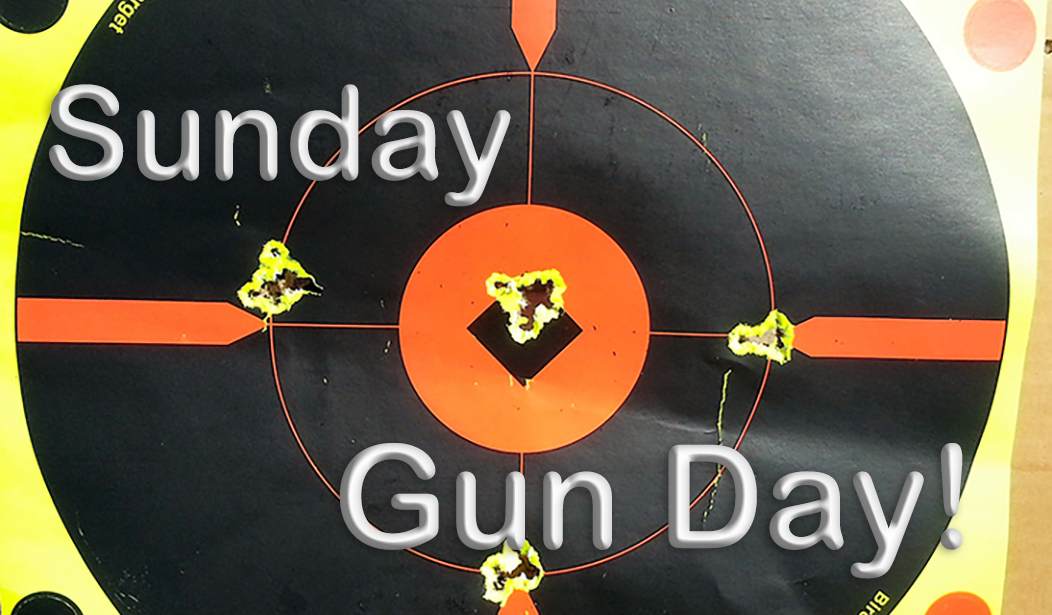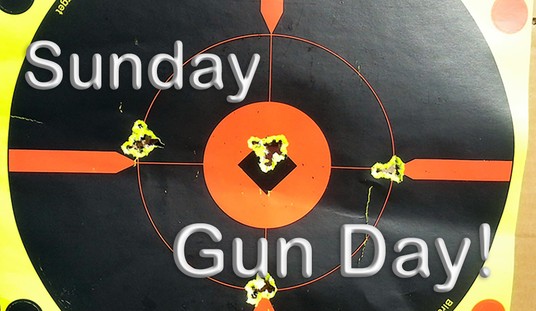Replica Guns Are Fun!
The replica gun market is a remarkable thing to see. Companies like Uberti are producing replicas of what are commonly referred to as “early modern” firearms, primarily charismatic cartridge guns from the black powder era. You can pick up a lovely replica of an 1873 Winchester lever gun, an 1875 Remington revolver, or even an 1860 Spencer; I have one of the latter, chambered in the .45 Colt, and it’s a lot of fun.
But there seem to be a lot of opportunities that the replica builders are just leaving on the table. There are a lot of old guns that I’d buy a replica of, partly because you just can’t find an original, or because the originals had weaknesses in design and manufacturing that could be easily overcome with today’s metallurgy and precision machining.
Read More: Sunday Gun Day Vol. II Ep. X - the Spencer Repeating Rifle
I have a short list of these, of guns that I’d buy a replica of in a hot minute, if only someone would make them. Here are a few examples.
The Colt Lightning/Thunderer (M1877)
This was a slick little thing, Colt’s first production double-action revolver. It loaded through a loading gate like the more famous Colt Single Action Army, instead of having a swing-out cylinder like most newer double-action wheelguns. The M1877 was made in three varieties: The “Rainmaker” was chambered in the .32 Long Colt, the “Lightning” in .38 Long Colt, and the “Thunderer” in .41 Long Colt.
We should note that Colt never used those appellations and referred to the gun only as the M1877, having been assigned instead by a major Colt distributor named Kittredge.
The loading gate probably isn’t too big a surprise when you learn that the M1877 guns were designed by the same man, one William Mason, who was one of the primary designers of the Single Action Army. It was the first successful American-made double-action revolver, but the lockwork was complex and didn’t hold up too well to rough use. In those days, of course, most use was rough use, and when you add that to the fact that these guns weren’t designed for or safe to handle with the newfangled smokeless powders, you got a gun that was soon replaced with newer designs.Read More: Sunday Gun Day Vol. II Ep. XXIII - Guns I Wish I Had
The closest we come to these today are some replicas of the Colt Single Action Army with a bird’s-head grip and a short barrel. But one wonders, with modern steels, modern machining, and some tweaks to the design, whether a good usable replica of this gun couldn’t be turned out, perhaps chambered in the .357 Magnum and maybe the .41 Remington Magnum. It wouldn’t be an exact replica, but it would be a fun one.
The Marble Game-Getter
The National Firearms Act of 1934 did away with the Game Getter, which was one of the handiest things I’ve ever seen. It was a combination gun with a rimfire barrel over a shotgun barrel, a folding wire stock, and an optional aperture sight. With the stock folded, it could be carried in a chest holder, and it was a favorite among small game hunters, landowners, farmers, and trappers. The original Game Getter had a .22 rimfire barrel over a .44 smoothbore barrel, which accepted a .44 caliber brass cartridge with either round ball or shot loads. Later guns were made with .410 bore shotgun barrels under the .22 rimfire.
The reason the Game Getter was proscribed was because of the 12” and 15” barreled options. After the NFA’s passage, Marble could only sell these in Canada, and while the 18” version remained available in the States for a while, the Game Getter slowly faded away. The last copies were assembled from parts, and in 1961, even that ended.
 If we could get short-barreled rifles removed from the NFA list, a true replica of the Game Getter could be made, which would be great.
If we could get short-barreled rifles removed from the NFA list, a true replica of the Game Getter could be made, which would be great.
There are, of course, plenty of similar combination guns available today. I have one, a Savage Model 24D, a 1961 model with the selector on the side of the receiver and a nice walnut stock. It has a .22WMR barrel over a 20-gauge barrel, and it’s just the right medicine for some casual mooching around in a stretch of woods where birds and big Alaska snowshoe hares are on offer. There are others, as well, some of which are light and handy.
Maybe it’s just me, though, but there would be something about a replica of the original Game Getter. The “concealability” argument from 1924 is clearly horse squeeze; any handgun is far more easily concealable, and no gangster is going to go on a shooting spree with a gun that is essentially two single-shot guns in one frame. This was a pure outdoorsman’s piece, and if I could get a modern replica, especially in that 12” or 15” version, I would very likely find myself reaching for the checkbook.
Winchester Model 12
A lot of Model 12s were made in the gun's long run, and plenty are available today, from field-grade guns to the finer Pigeon Grade and Black Diamond pieces. I have a 12-gauge Black Diamond Trap gun made in 1940, and I’m here to tell you that the gun is a sweetheart on the trap range, even at 85 years of age.
We should also note that Browning brought back the Model 12, sort of, for a while, but the Miroku-made guns seem a little off somehow – at least to a rather hardcore old original collector like me. For one thing, they lacked the slam-fire capacity, which was fun if not altogether practical. And, honestly, the Browning version just didn’t seem as clean, somehow, as the originals; that’s a very subjective assessment based only on how the guns “feel” to me, but there you are.
Couldn’t someone go back to the original blueprints, the original specifications, and reproduce the original Winchester Perfect Repeater in the original fine blued steel and walnut? It wouldn’t be a cheap gun to make, but modern machining would reduce or maybe even eliminate the hand-fitting that made the originals on the higher end of the price scale. I bet these would sell pretty well. I might even find room in my safe for one of my own, maybe in the slot next to that Black Diamond trap gun.
There are, after all, great replicas of the Winchester lever guns, from the 1866 to the 1895. Why not the Model 12? From the original specifications? Anything, after all, that sprang from a John Browning design would be worth considering.
Why Not?
Most shooters, at least those who aren’t immersed in the modern Tacticool trends, probably have one or two old guns they’d like to be restored. It’s a shame that more of these aren’t being built. I’d like to have a modern copy of a LeMat revolver, too; these were made for a while but are as scarce as honest politicians now. Give me a few days, and I could probably come up with many more.
Any thoughts? The comments are all yours.














